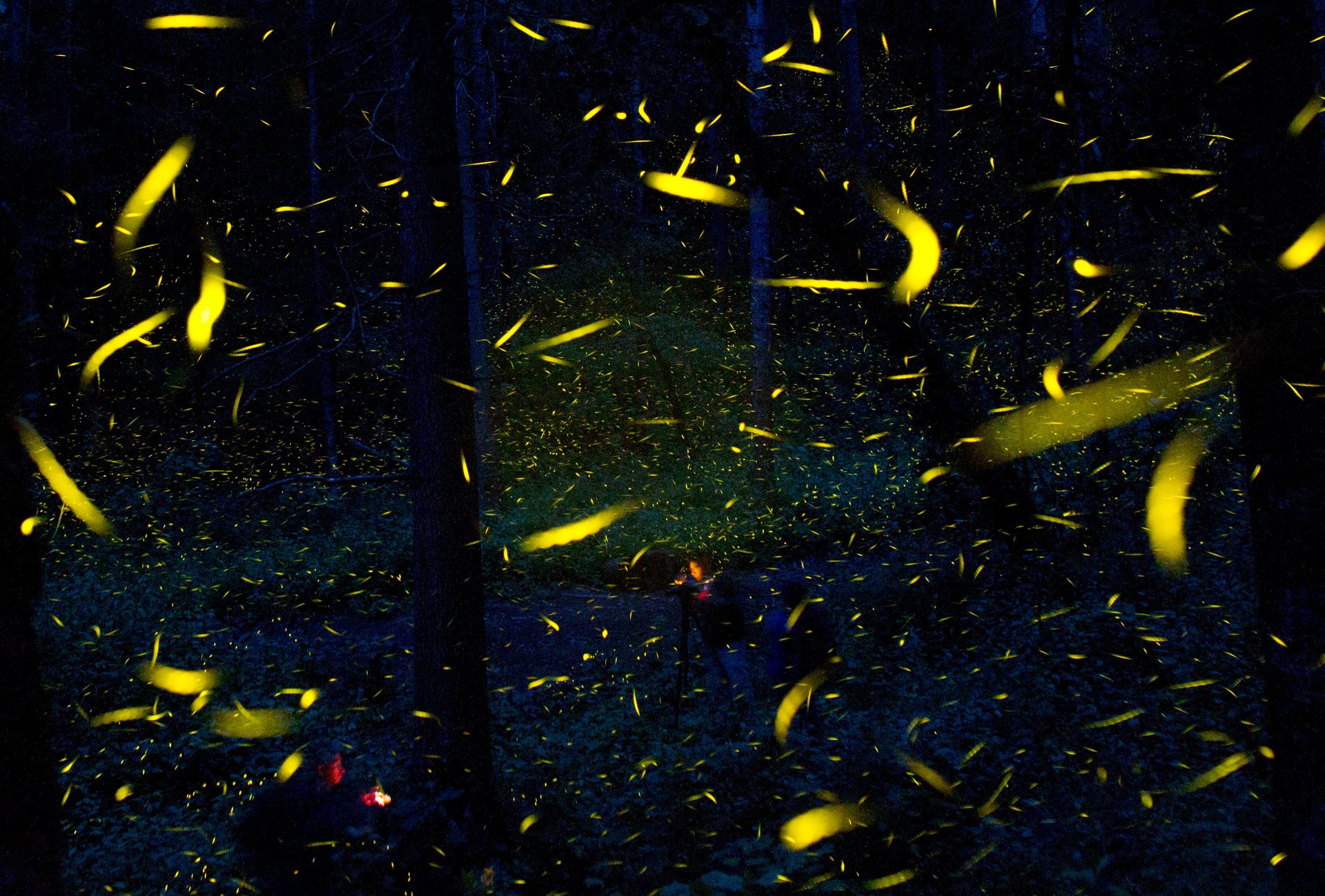Photos: Farmers in Mexico are giving firefly tours to preserve their forests
Fireflies’ annual mating ritual is one of nature’s most stunning events, and a small farming community in Mexico wants tourists to see it.


Fireflies’ annual mating ritual is one of nature’s most stunning events, and a small farming community in Mexico wants tourists to see it.
More than 40 families from Nanacamilpa, a small town 45 miles east of smoggy Mexico City, in the Tlaxcala state, manage the forest and offer firefly walking tours, according to The Associated Press. Visitors descend on conifer forests like the Piedra Canteada reserve to catch the spectacle, in which bioluminescence meets romance.
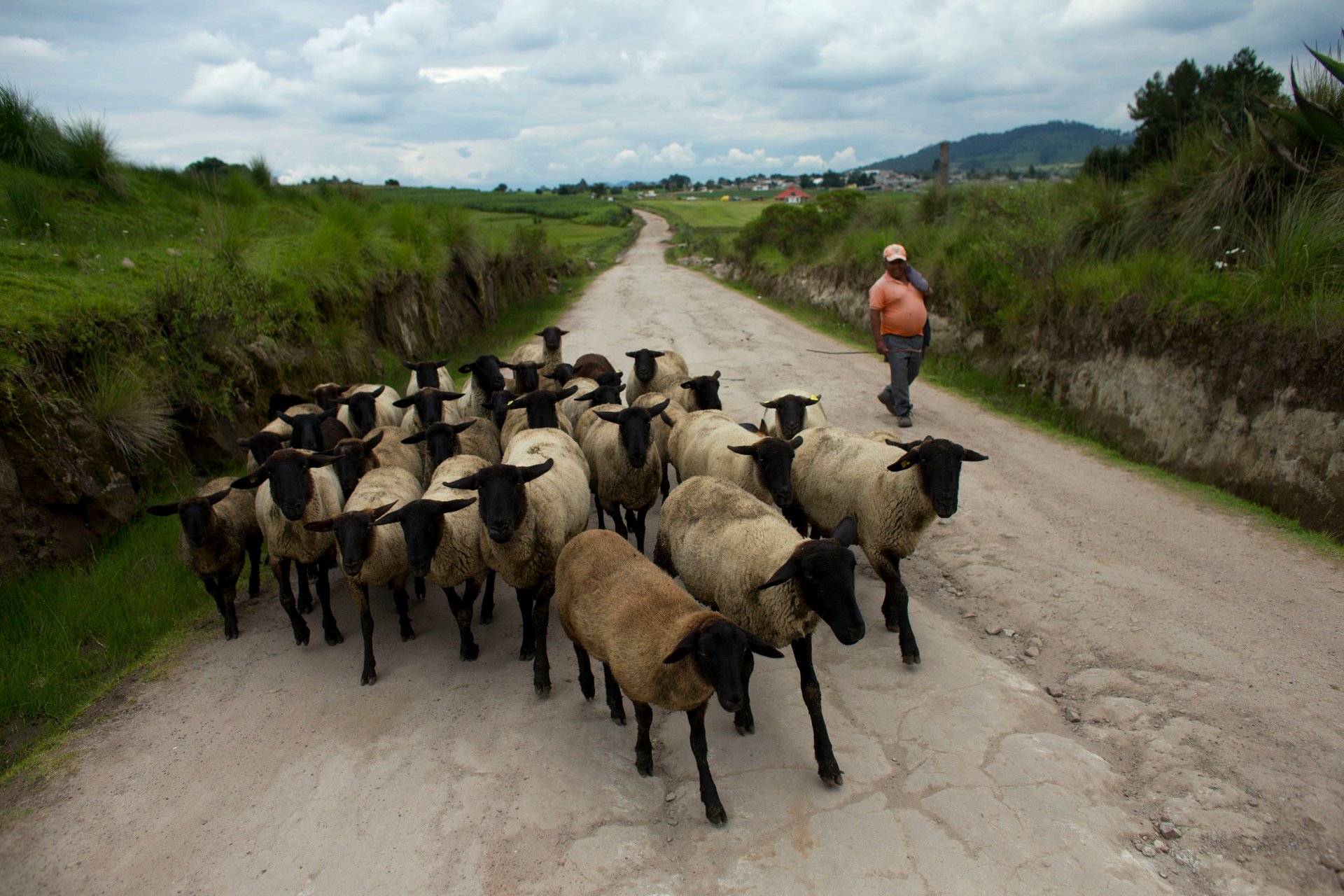
After an agricultural price bust more than 15 years ago, the families tried to start a campground business, but struggled to draw customers. To get by, they had repeatedly surpassed government logging quotas, the AP reported.
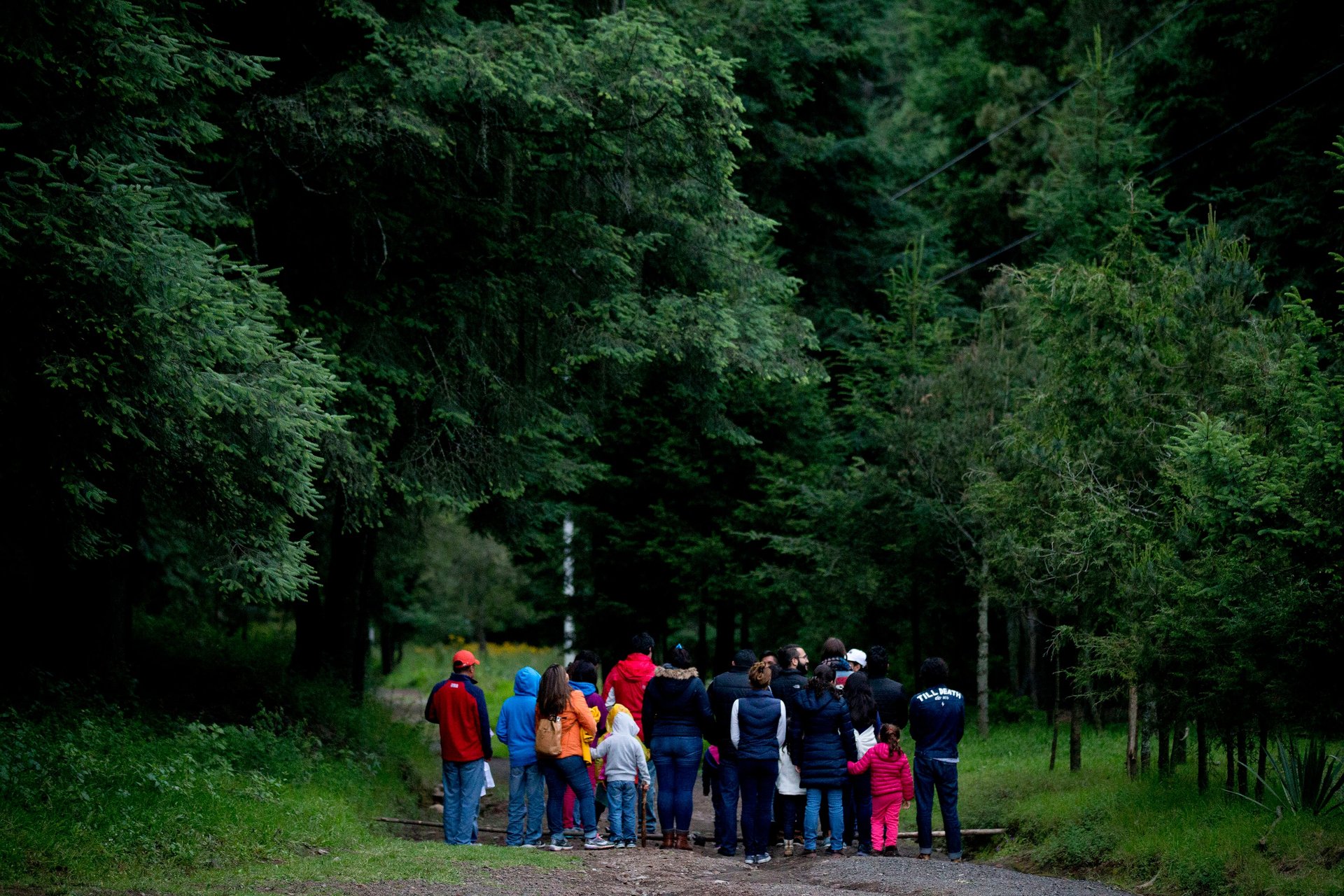
So five years ago, they turned to the fireflies—millions of them—which show up between June and August each year. The locals designed tours around the insects’ nightly display. It worked.
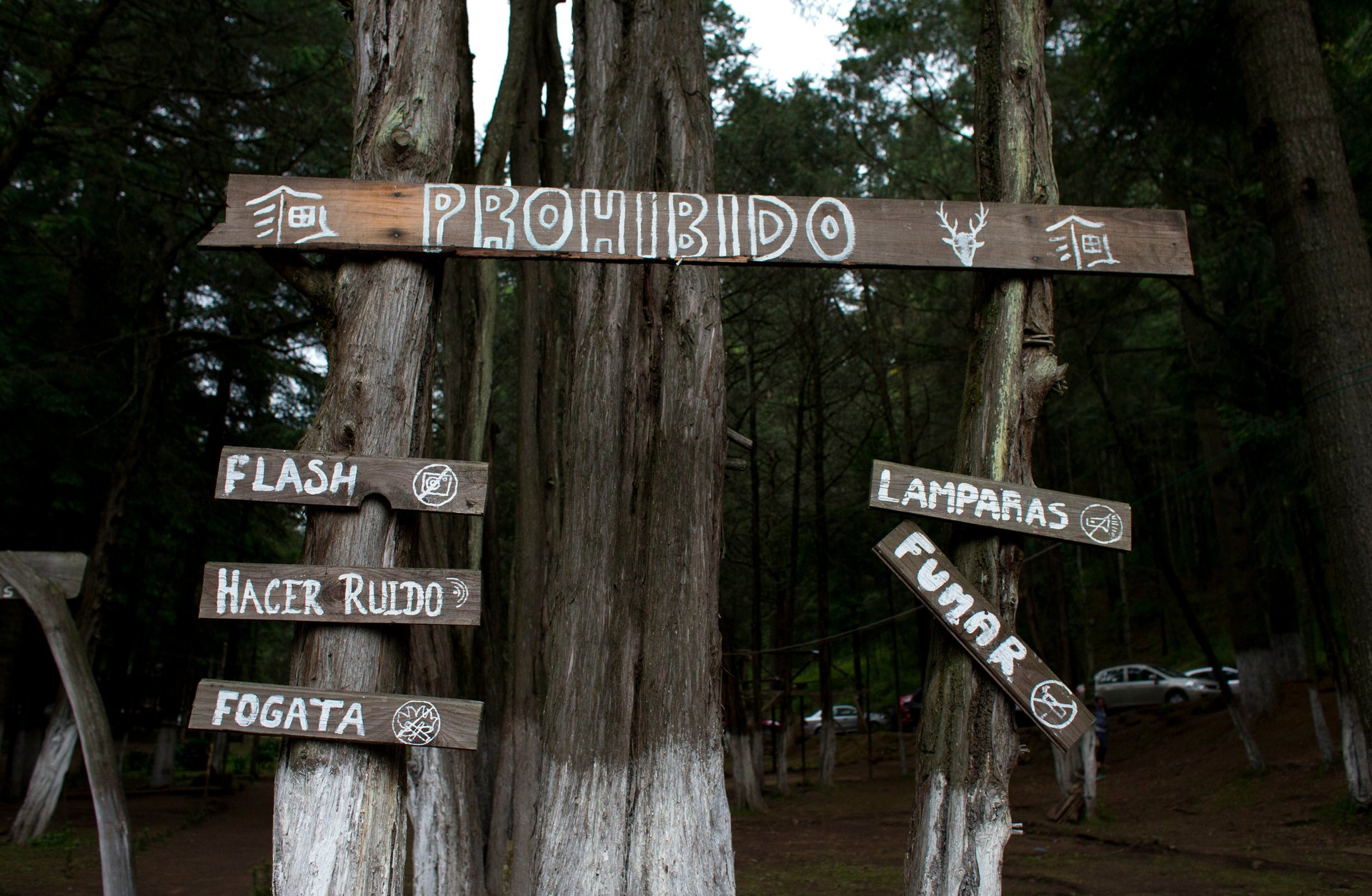
Cabins and camping grounds are often full and the $5-10 the charge per tour has helped the community cut back on logging.
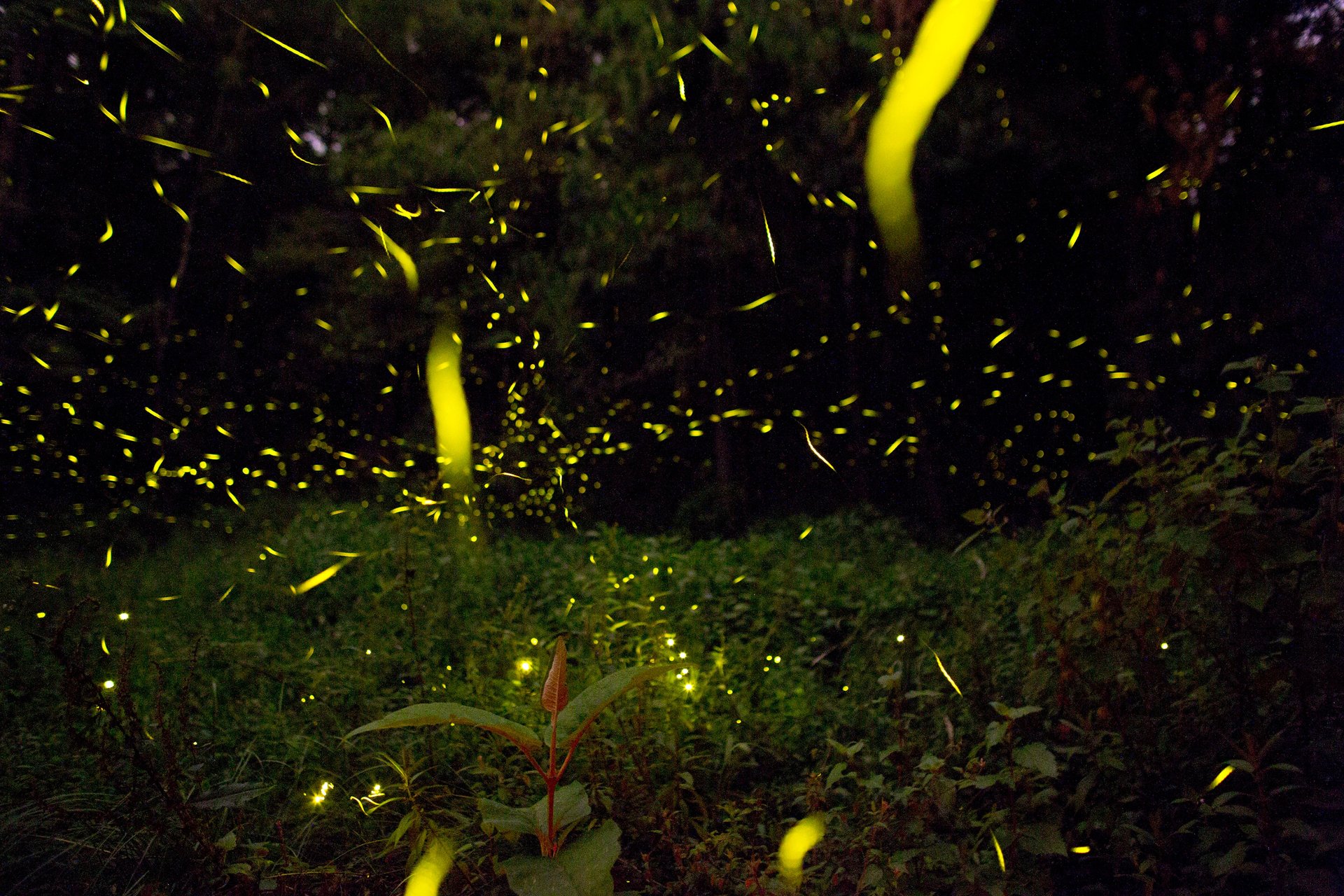
Mexico’s tourism board says communities in the state have now started their own firefly tourism operations.
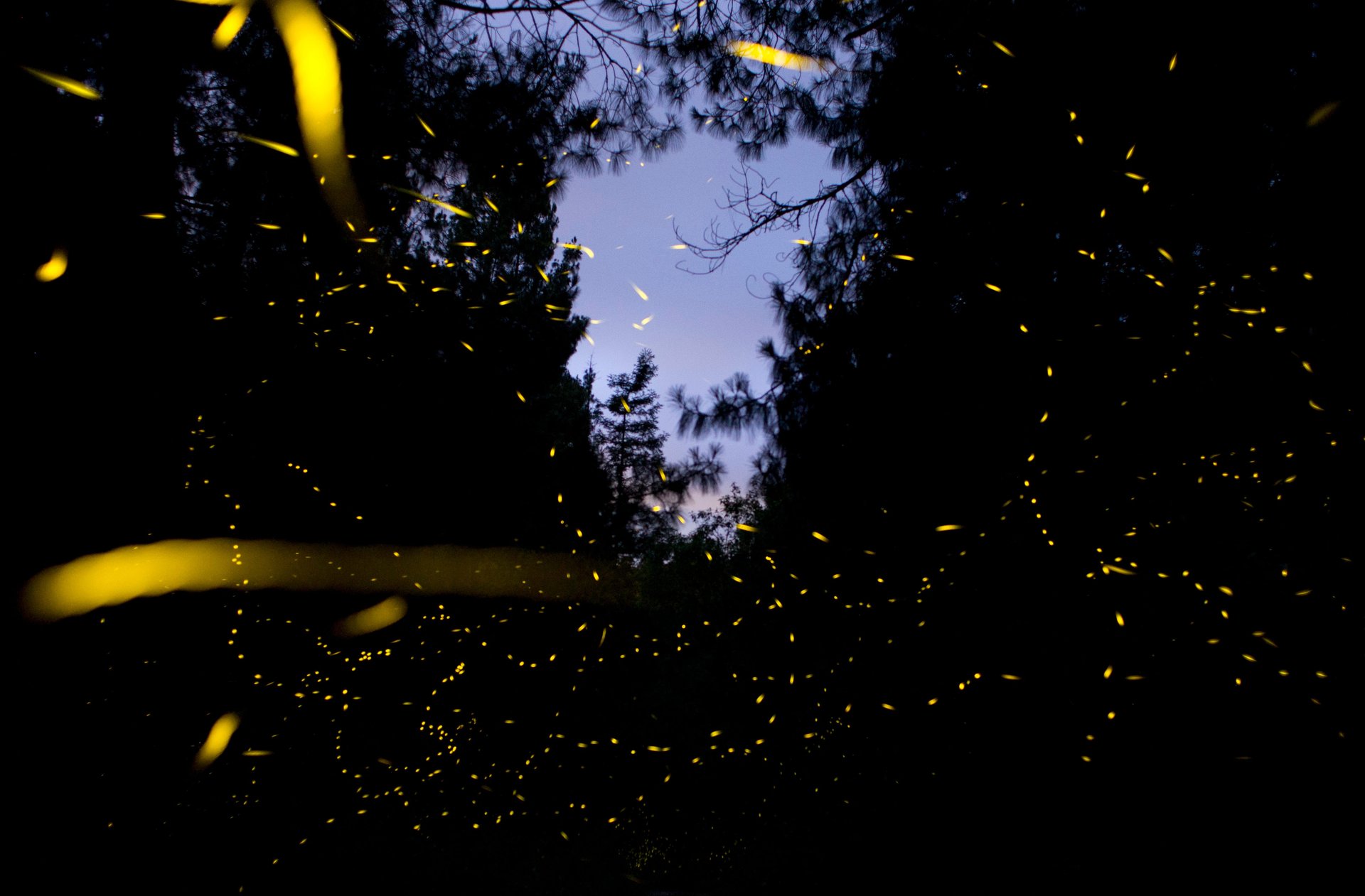
Male fireflies use a yellow-green glow to attract mates, generated by an enzyme called luciferase that’s also present in glowworms and click beetles.
Females respond, every so often. The conversation can go on for hours because females don’t answer every signal, Sara Lewis, the author of Silent Sparks: the Wondrous World of Fireflies, told National Geographic.
Some firefly populations may be threatened by a loss of habitat, though many reports are anecdotal. (Light pollution might also be causing fireflies to mate less.) Deforestation is also a problem for Mexico’s other winged tourist attraction, Monarch butterflies.
No wonder camps sell out months in advance—tourists hope to catch the insects while they still can.
